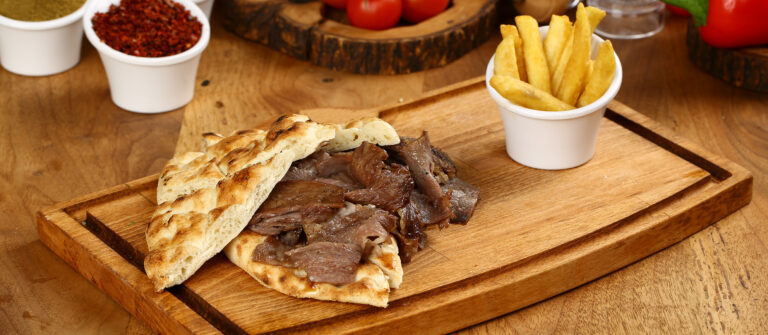Introduction to Saudi Arabian Cuisine
Saudi Arabian cuisine is a blend of traditional Arab, Persian, and Indian flavors. The cuisine relies heavily on spices, herbs, and aromatic ingredients, which are used to add depth and complexity to the dishes. Rice is a staple food in Saudi Arabia, and it is often served with meat, vegetables, or beans. Bread is also a significant part of the cuisine, with various types of flatbreads and bread rolls being popular.
Halal Meat and Islamic Dietary Laws
Halal meat is a crucial aspect of Saudi Arabian cuisine, and it is prepared according to Islamic dietary laws. Halal meat is derived from animals that have been slaughtered in a specific way, with the animal’s throat being cut by a sharp blade in a swift motion. The animal must be alive during the slaughtering process, and the person performing the slaughter must be a Muslim. Pork is prohibited in Islamic dietary laws, and as such, it is not used in Saudi Arabian cuisine.
Popular Meat Dishes in Saudi Arabian Cuisine
Meat is an essential part of Saudi Arabian cuisine, and various meat dishes are popular in the country. Here are some of the most popular meat dishes in Saudi Arabian cuisine:
Kabsa: The National Dish of Saudi Arabia
Kabsa is the national dish of Saudi Arabia, and it is a rice dish that is often served with meat. The meat used in Kabsa can vary, but it is usually chicken or lamb. The rice is cooked with a blend of spices, including cardamom, cinnamon, and cloves, which gives it a robust and aromatic flavor. The meat is cooked separately and then added to the rice, along with fried nuts and onions.
Mandi: A Traditional Meat Dish from Yemen
Mandi is a traditional meat dish that originated in Yemen but is also popular in Saudi Arabia. It is made by placing marinated meat (usually lamb or chicken) on a bed of rice, which is then placed in an underground oven and cooked slowly over charcoal. This cooking method gives the meat a smoky flavor and tender texture. Mandi is often served with a spicy sauce made from tomatoes, chilies, and garlic.
Shawarma: A Popular Street Food in Saudi Arabia
Shawarma is a popular street food in Saudi Arabia, and it is made by grilling thin slices of marinated meat (usually chicken or beef) on a vertical spit. The meat is then shaved off the spit and served in a pita bread wrap with vegetables and sauces. Shawarma is a quick and convenient meal that is enjoyed by locals and tourists alike.

